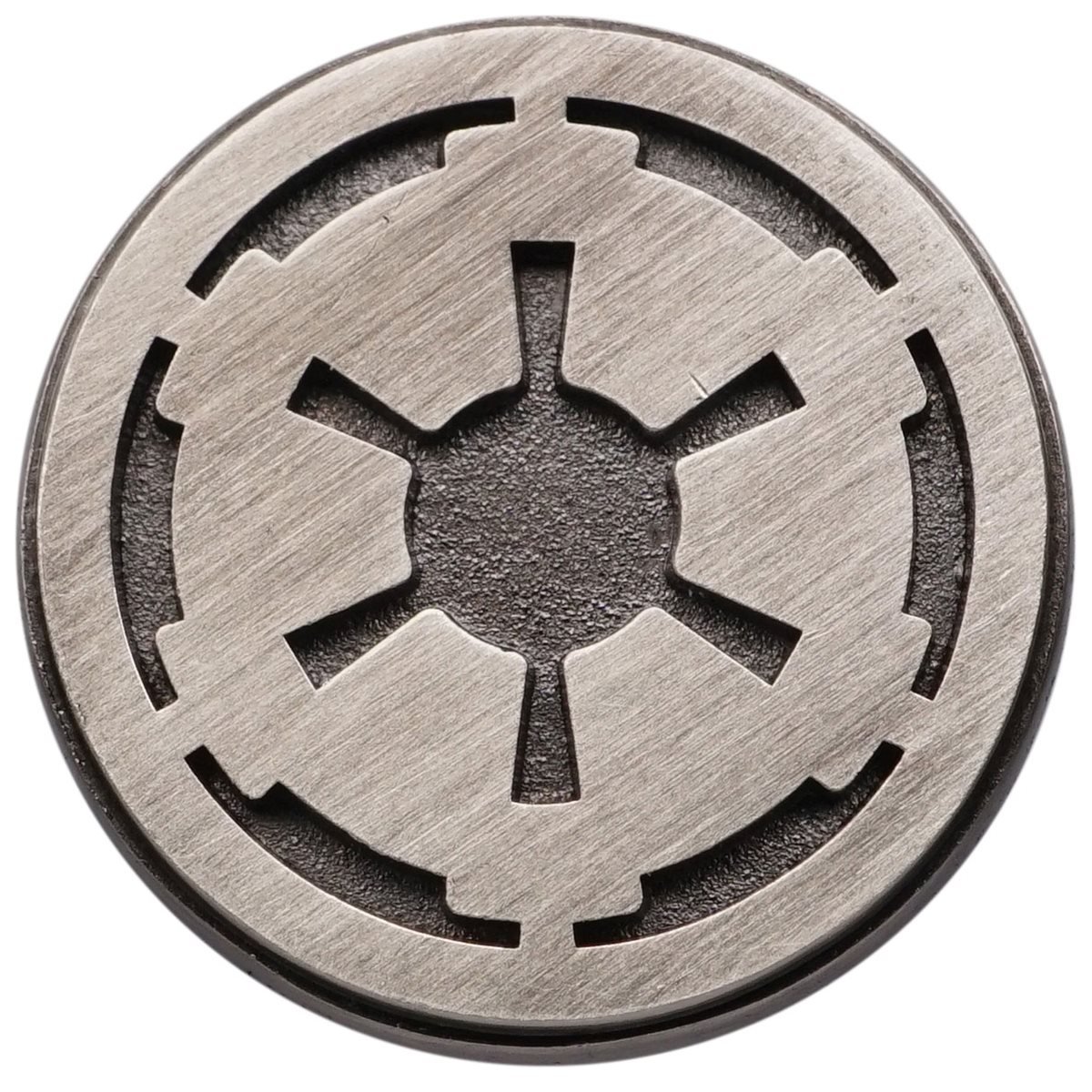Basically title. I’m creating a binary planet system and am trying to figure out the impact that being tidally locked and having 6-8 day-long days would have.
I know gravity would be a bit less and the planet would be more spherical. I also know day and night temps would vary a lot more (kudos if someone can point me to how much), and there’d be a single-cell global circulation pattern. Plants would have to have evolved to survive darkness for longer periods. And obviously there are far-reaching implications for intelligent beings eg sleep cycle, etc.
Anything else I’m missing? Any detail anyone can add? Thanks a lot!
Edit: to clarify, I mean two planets orbiting each other and one star, not a binary star system.
You might be mixing up a few things, since there’s a bit here that doesn’t make sense.
I know gravity would be a bit less and the planet would be more spherical.
Gravity has very little to do with orbital or rotational period, and a lot to do with the mass of the planets. (You are right the planet would be slightly more spherical, though.)
I also know day and night temps would vary a lot more (kudos if someone can point me to how much)
This may also depend heavily on atmospheric composition, density, and eccentricity of orbit more than just the binary arrangement.
One other topic I didn’t see brought up: Are the planets and their orbit arranged planar to the star, such that they will regularly eclipse each other? Or are they tilted so that they’ll never actually intersect?


